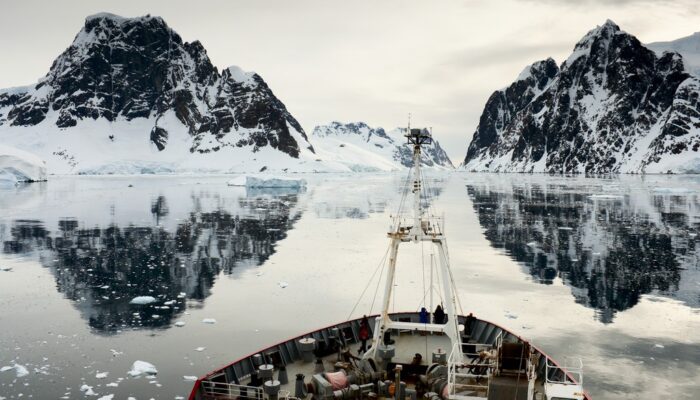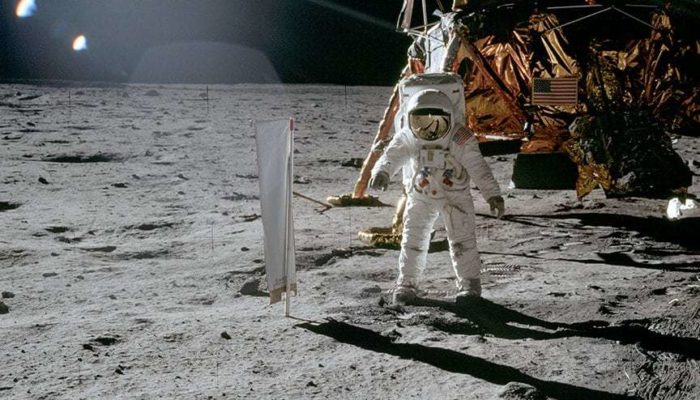Do you enjoy the EGU’s annual General Assembly but wish you could play a more active role in shaping the scientific programme? Now is your chance! But hurry, the session submission deadline is fast approaching. You’ve got until 5 September to propose changes. As well as the standard scientific sessions, subdivided by Programme Groups, EGU coordinates Inter- and Transdisciplinary Sessions (ITS) at ...[Read More]
Help shape the conference programme: Inter- and Transdisciplinary Sessions at the 2020 General Assembly




